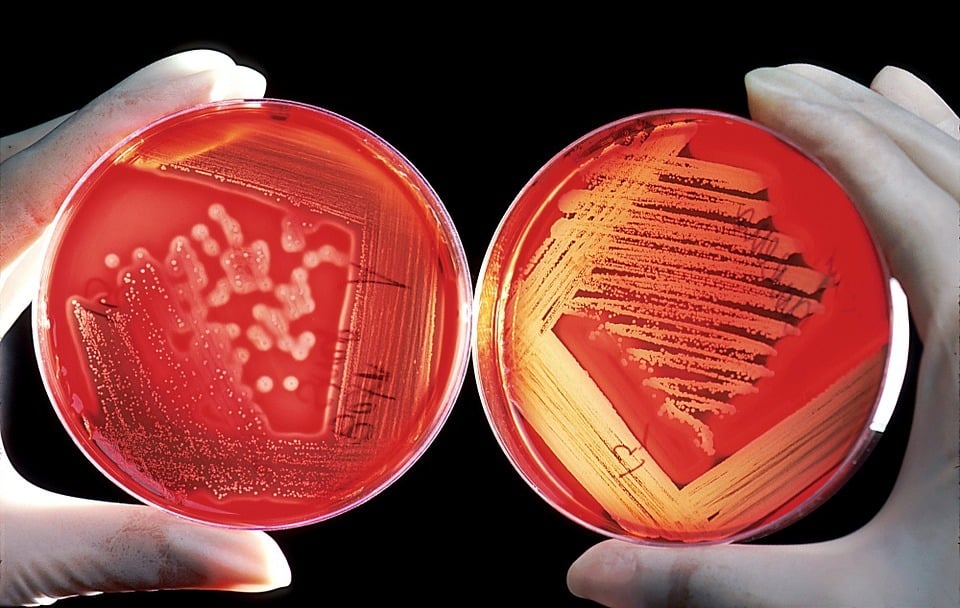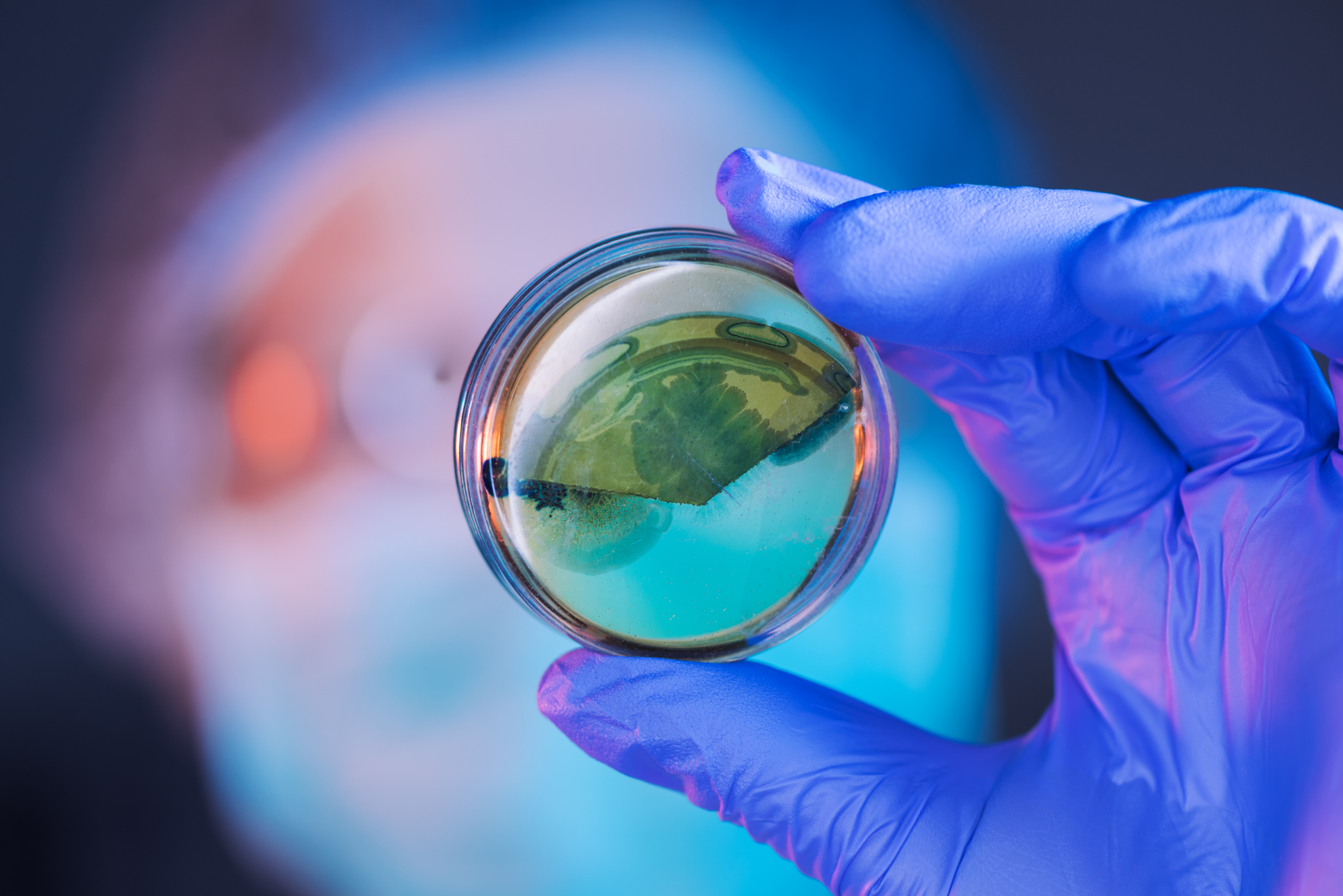The Basic Principles Of Bacteria Testing
Table of Contents5 Easy Facts About Bacteria Testing ExplainedThe Bacteria Testing PDFsWhat Does Bacteria Testing Do?About Bacteria Testing
Coliforms are germs that are constantly existing in the gastrointestinal tracts of animals, including humans, and are discovered in their wastes. They are additionally discovered in plant and dirt material. Water contamination triggered by fecal contamination is a significant problem because of the potential for contracting conditions from pathogens (diseasecausing organisms).As an outcome, it is not practical to evaluate for microorganisms in every water sample accumulated. Coliforms are reasonably simple to determine, are generally existing in larger numbers than even more unsafe virus, and respond to the atmosphere, wastewater treatment, and water treatment likewise to several pathogens.
Total coliform counts offer a general sign of the sanitary condition of a water. consist of germs that are discovered in the soil, in water that has been affected by surface area water, and in human or animal waste (Bacteria Testing). are the group of the total coliforms that are thought about to be present specifically in the intestine and feces of warm-blooded animals
is the major varieties in the fecal coliform group. Of the five basic groups of microorganisms that consist of the overall coliforms, just E. coli is typically not located expanding and duplicating in the setting. E. coli is considered to be the species of coliform microorganisms that is the best indicator of fecal contamination and the feasible visibility of microorganisms.
What Does Bacteria Testing Mean?
Nevertheless, some unusual stress of E. coli, particularly the stress 0157: H7, can trigger serious illness. Current episodes of condition triggered by E. coli 0157: H7 have generated much public concern regarding this microorganism. E. coli 0157: H7 has actually been found in cattle, hens, pigs, and sheep. Most of the reported human cases have been due to consuming under prepared hamburger.

Late spring or very early summer season are the most effective times to examine your well, considering that coliform contamination is probably to appear during damp weather. Whether your examination results are favorable or unfavorable, recognize that the sample you collected is simply a "snapshot" of your well's water top quality. The more examples you click resources have tested, the a lot more certain you can be about the quality of the water you are consuming.
Although total coliforms can come from resources other than fecal issue, a favorable total coliform sample ought to be taken into consideration an indicator of pollution in your well. Positive fecal coliform results, particularly favorable E. Coli results, ought to be thought about indicator of fecal air pollution in your well. When coliforms have been discovered, repair work or alterations of the water supply might be needed.
The Buzz on Bacteria Testing
A malfunctioning well is often the reason when coliform microorganisms are found in well water. - seals around cables, pipelines, and where the cap satisfies the covering might be broken, letting in pollutants - fractures or openings in the well casing allow water that has not been infiltrated the dirt to go into the well.
The U. S. Environmental Security Company (EPA) needs public water supply to consistently evaluate water for overall coliform germs and E. coli. Safe drinking water does not have E. coli or various other pathogens in it. Here are some referrals on just how to avoid and deal with coliform germs contamination: Secure Your Well by creating it in a risk-free place.
You are accountable for keeping your well water secure and screening it as needed. You can additionally call your county to see if they have any programs to make testing your water simpler.
Disinfect your well with a chlorine remedy, using the same Well Sanitation - Bacteria Testing steps as above. Evaluate your well water again after disinfection to validate there are no coliform microorganisms. You can use the water once more, without steaming, when the well has actually been decontaminated and the water no more tests favorable have a peek at these guys for coliform microorganisms.
Bacteria Testing Things To Know Before You Get This
Your public water system is on a regular basis tested for coliform bacteria. The system will certainly release a public notification within 24 hours if it detects E. coli.
You can discover the coliform microorganisms test results for the systems serving areas aside from where you obey speaking to the water supply.

Extra tests may be advised if water shows up cloudy or oily, if microbial growth shows up on fixtures, or water treatment devices are not functioning as they should. Contact your water well service provider, state division of natural deposits, or neighborhood health department for information on regional water high quality problemsTest your water a minimum of 2 times a year. Call a public health and wellness inspector to see what's ideal for your water supply. Coliforms are a group of microorganisms that are nearly everywhere. They remain in soil, plants, sewer, and manure. E. coli are microorganisms that people and some animals have in their intestinal tracts.